The Sprat is a group of fish in the Clupeidae family. Other members of the family include herrings, menhaden, sardines, shads, and more.
Researchers place these fish in the taxonomic genus Sprattus. They recognize five different species, the European, Australian, New Zealand, Falkland, and New Zealand Blueback. Read on to learn about the Sprat.
Description of the Sprat
These fish look quite similar to the herrings. They have elongated bodies and a silvery coloration. They are relatively small, but average size varies from species to species. The largest individuals reach about six inches long, but average sizes range between four and five inches long.
Interesting Facts About the Sprat
Despite its somewhat unappetizing name, these fish are an important food source for many animals, including people. Learn more about what makes them so interesting, below.
- Food Chain – Many species of fish, marine mammals, and seabirds rely on the various species in Sprattus for food. Additionally, these fish often feed upon the eggs and larval young of many different species of fish and invertebrates.
- Fishery – Several different commercial fisheries for these fish exist. However, people capture and consume the European species in the greatest densities. In any given year, fisheries capture several hundred thousand tons of the species.
- Food of Many Forms – People consume these fish in several different way. They eat them fresh, fry them, broil them, grill them, bake them, smoke them, salt them, and can them!
- Mink Meal – One popular processing method for these fish is grinding them into fish meal. As fish meal, people feed them to minks in various fur farms.
Habitat of the Sprat
These fish live in several different types of habitats. They occupy the open ocean, or pelagic regions, but they live in coastal areas as well. Schools swim into bays and estuaries, and they also range into deeper waters as well.
During the daytime, these fish swim into deeper water. At night, they rise to shallow regions to forage for food.
Distribution of the Sprat
Each species has its own unique distribution and range. Overall, these fish live throughout much of the Atlantic and Pacific Oceans.
The European species lives in the northeast Atlantic Ocean. The Australian species ranges in the seas near Australia and Tasmania. Both New Zealand species live in the southwest Pacific Ocean, as does the Falkland species.
Diet of the Sprat
Unlike many other species of fish, the Sprats do not change their diet as they grow larger. Both young and adults feed on tiny organisms known as zooplankton. Some of their common prey include fish eggs, fish larvae, copepods, plankton, and more.
Sprat and Human Interaction
Commercial fisheries target these fish extensively for fish meal and as food. People catch several hundred thousand tons each year. Despite these extensive numbers, the IUCN lists all five species as Least Concern, but has no data concerning if their populations are increasing or decreasing.
Some potential threats include overfishing, changing sea temperature, and pollution.
Domestication
Humans have not domesticated these fish in any way.
Does the Sprat Make a Good Pet
No, these little fish do not make good pets. They live in schools and migrate long distances seasonally, so they would need large tanks with plenty of space to swim. Additionally, they live in saltwater habitats, which can be somewhat difficult to maintain in a home aquarium.
Sprat Care
People generally do not keep these fish in aquariums. However, their care is likely quite similar to other small schooling fish in the Clupeidae family, such as the sardine.
Their tanks would need rounded edges and strong currents to keep them swimming without running into the sides. They would also need to live in large schools to meet their social needs.
Behavior of the Sprat
The behavior of these fish is rather simple. They migrate seasonally and vertically. Social groups, known as schools, move into deeper waters during the day and up to shallow waters to feed at night. Additionally, during different seasons they migrate to different feeding grounds, depending on the species.
Reproduction of the Sprat
These fish breed via spawning, which is the process of fertilizing eggs outside of the body. The females release their eggs into the water column and the males release their sperm to fertilize them.
Most spawning occurs near the coast, though some breed father out at sea. When the young hatch they drift towards the shore, and juveniles often live and forage in protected bays or estuaries.



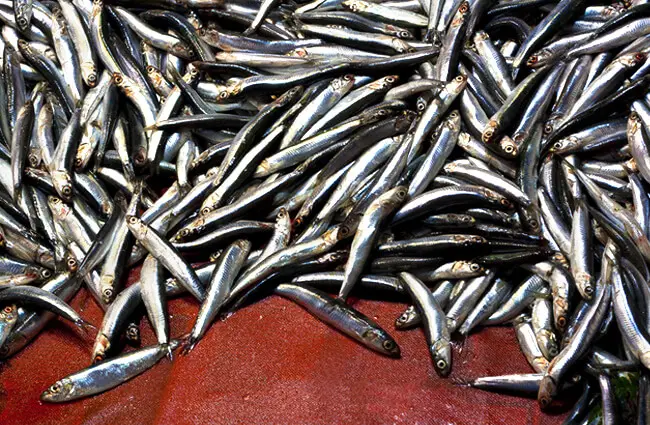

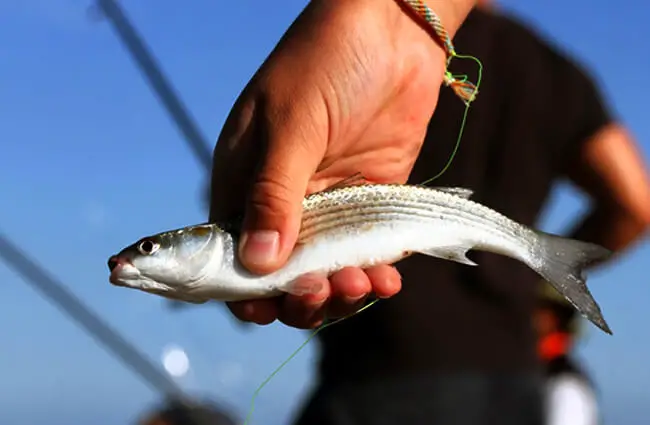
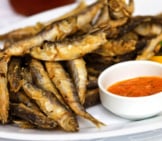
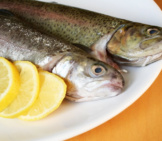

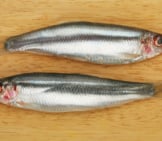
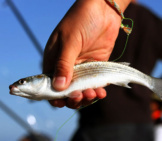
![Red Angus Closeup of a beautiful Red Angus cowPhoto by: U.S. Department of Agriculture [pubic domain]https://creativecommons.org/licenses/by/2.0/](https://animals.net/wp-content/uploads/2020/03/Red-Angus-4-238x178.jpg)












![Red Angus Closeup of a beautiful Red Angus cowPhoto by: U.S. Department of Agriculture [pubic domain]https://creativecommons.org/licenses/by/2.0/](https://animals.net/wp-content/uploads/2020/03/Red-Angus-4-100x75.jpg)

